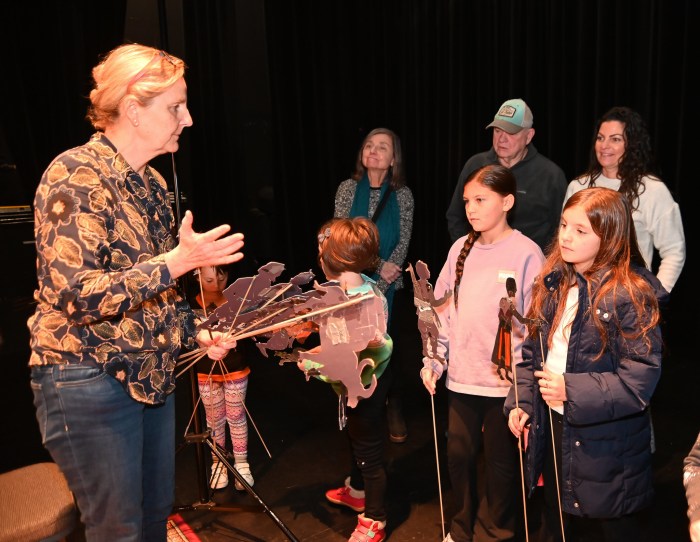 Kwanzaa was created by Dr. Maulana Karenga, a professor and chairman of Black Studies at California State University, in 1966 in order to bring African Americans together as a community. To fulfill his goal, he founded “Us,” a cultural organization and began to research African harvest celebrations.
Kwanzaa was created by Dr. Maulana Karenga, a professor and chairman of Black Studies at California State University, in 1966 in order to bring African Americans together as a community. To fulfill his goal, he founded “Us,” a cultural organization and began to research African harvest celebrations.
The name of the holiday is derived from “matunda ya kwanza,” meaning “first fruits” in Swahili. The holiday lasts seven days, this year spanning from Dec. 26 to Jan. 1. Celebrations on those days usually include songs and dance, African drums, storytelling, poetry readings and a traditional meal.
On each of the seven nights, the family gathers and a child lights one of the candles of the Kinara or candleholder, starting with the black center candle. The family discusses the principle of umoja, which means unity. The other six principles include self-determination, collective work and responsibility, cooperative economics, purpose, creativity and faith.
Symbols are given to each of the seven days as well. The first day is symbolized by crops such as fruits, nuts and vegetables, and represents the historical foundation of Kwanzaa. The other days are symbolized by place mats that represent history and tradition, ears of corn that are representative of fertility, the seven candles that symbolically recreate the sun’s power, the candleholder that is representative of ancestry, the unity cup that pours libations for the spirits of ancestors, and gifts that symbolize family connection.
The American Museum of Natural History will have a special event on Dec. 30 from noon to 3 p.m. to celebrate Kwanzaa. Hosted by Dr. Linda Humes, the festivities will begin with an international marketplace and an opening performance by students from the Celia Cruz Bronx High School of Music. The day of celebration of unity is free with admission and will culminate with songs from American Idol winner Ruben Studdard.
For more information, visit www.amnh.org.

























